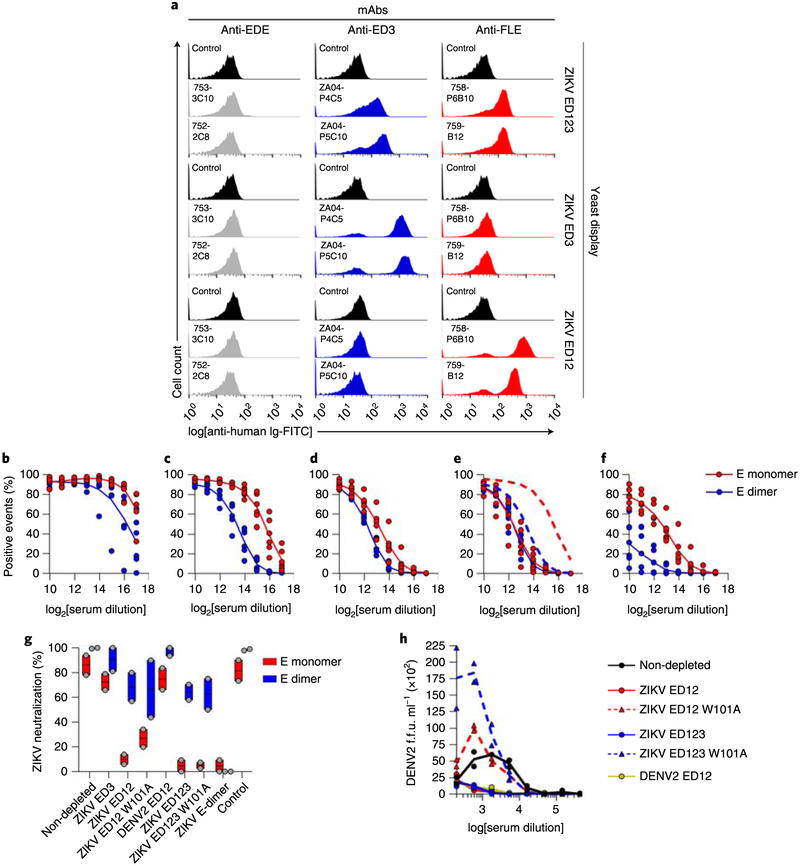Fig. 4 |. In-depth characterization of the immune response to ZIKV E monomers and E dimers.
a, Flow cytometry profiles of ZIKV ED123-displaying yeast incubated with human anti-EDE (left), anti-ED3 (middle) and anti-FLE mAbs (right). Profiles of yeast in the absence of primary antibody were used as controls. The data shown are representative of three independent experiments, b-f, Flow cytometry profiles of E-monomer and E-dimer mouse immune serum against yeast displaying ZIKV ED3 (b; 4.61 × 105 and 1.22 × 105 titers for E monomer and E dimer, respectively), ED12 (c; 4.93 × 104 and 5.60 × 103 titers for E monomer and E dimer, respectively), ED123 (d; 8.56 × 103 and 4.24 × 103 titers for E monomer and E dimer, respectively) and ED12 carrying the W101A mutation (e; 9.43 × 103 and 4.84 × 103 titers for E monomer and E dimer, respectively), as well as DENV2 ED12 (f; 5.92 × 103 and 1.12 × 103 titers for E monomer and E dimer, respectively). In all cases, n = 6 individual mouse serum samples per group. Data are presented as individual data points and arithmetic means (solid lines). In e, profiles obtained with the wild-type ZIKV ED12 (dashed lines) are included for comparison, g, Serum was depleted of specific antibodies using antigen-displaying yeast, then analyzed for ZIKV neutralization activity by FRNT assay. FRNT50 titers were calculated (for each group, n = 2 independent depletion experiments using pooled sera). The data are presented as floating bars showing the mean (central line), spread and individual measurements for each group and depletion, h, Infection enhancement curves of U937 cells infected with DENV216681 in the presence of E-monomer immune mouse serum after the depletion of specific antibodies as in g (for each depletion, n = 2 independent experiments using depleted pooled sera from h). Data are shown as single data points and arithmetic means (solid and dashed lines).

